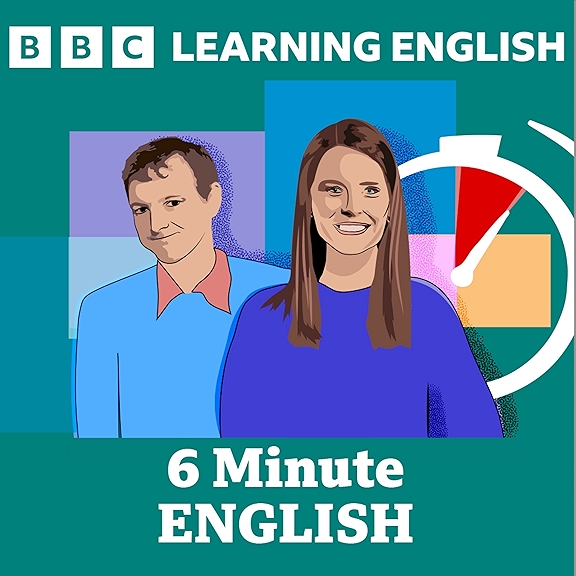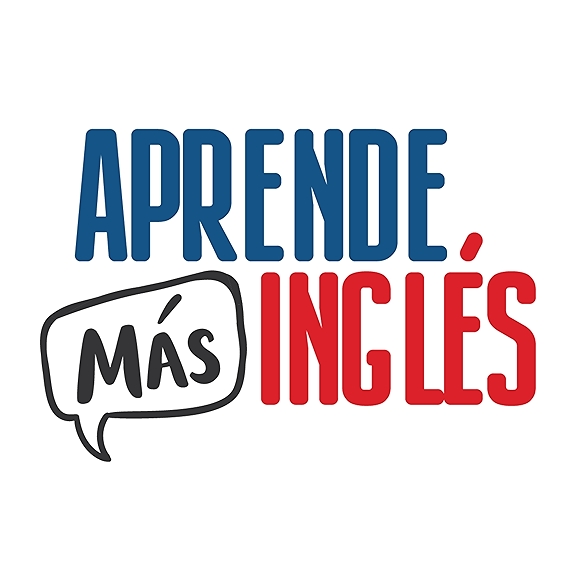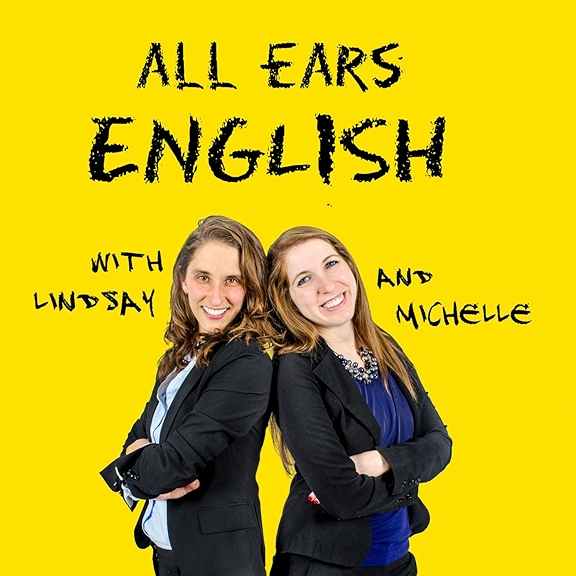
8. Tapping Intergenerational Creativity and Wisdom Through Native American Leadership
Tapping Intergenerational Creativity and Wisdom Through Native American Leadership
In our culture, talking about the weather is considered small talk and unimportant. And yet, it's so much a part of our lives. Maybe the weather isn't small talk. Maybe it needs to become central to our conversations because it is central to our lives. One of the things we may need to do is integrate our schooling with our lives. The BYU Arts Partnership’s Native American curriculum initiative is one place where this is really happening. It was started in 2017 in an effort to improve teacher professional learning curriculum by removing culturally insensitive or stereotypical content.
The initiative began with a question to the eight sovereign nations in Utah, “What do you want the children of Utah to know about your tribe?” Resoundingly, all of the tribes said that they wanted the children of Utah to know, “We are still here.” The native tribes feel invisible. Lesson plans were created in collaboration with the tribes, and bear the tribal seal of approval on them. Working with sovereign nations is all about relationships, and honoring the timeframe.
One of the common threads in these lesson plans is that Native Americans have a kinship with the earth. They see everything is connected. and this kinship worldview says that what happens to the trees happens to us, and how we respect the animals and how we live in harmony. We're all connected. We're connected to the weather. There's a reason and purpose in that web of life. At last summer’s conference, Native artists told the story of their life. As they shared their stories, everyone became more aware and sensitive and human together. Everyone's stories emerged as relevant and powerful.
After the conference, a group of teachers went to Capitol Reef National Park to learn about how to bring the environment to children. Ben Abbott, a professor at BYU of ecosystem ecology took the teachers out into the wilderness to look at the artifacts from indigenous people hundreds of years ago. Going into the desert with this environmental scientist who studies global issues and permafrost and how the world operates brought such hope for this planet, and helped teachers fall in love with the planet again. Teachers can't teach the Native American lesson plans, until they understand sustainable living and fall in love with the planet. How do we help children fall in love with nature and the outside world as part of schooling? We must bridge the gap between what's happening in schools and what's happening in life. Learning from Native American tribes and spending time in nature provides teachers the experiences to connect the curriculum and science to make it more relevant for kids. There are many examples of this happening that are ready to be shared more broadly.
We Are Here. We Each Have A Story.
Louise
I love this description of what teachers are doing. They're taking children out into nature and using the arts to help them, look, see, express and connect. But what must happen first is what the tribes said: an acknowledgement that we are here. Children need that too. I am here and I have a story. And I think that's a big missing piece in school. We get so focused on the curriculum, and the curriculum will emerge when the teachers and the children show up authentically. When we are present, there is the opportunity for potential to manifest. But when we are not present, the opportunity for potential and possibilities to manifest actually collapses.
Lois
Four Arrows is a 76 year old Native American thinker and writer who says that he is optimistic because he thinks optimism is about living in the present, and letting go of outcomes. I think it's fascinating to look at the lineage of Native Americans thinking which has been so diminished in our contemporary consciousness, to the point of it almost being non-existent, or if it does exist, it's like magical thinking or New Age. The truth is, this is human thinking. I keep thinking of Joanna Macy saying that this is the third turning, with agriculture being the first and the Industrial Revolution being the second, and then this being the third. If human beings get this one figured out it's going to be a real change in human consciousness.
Indigenous Wisdom Is An Essential Resource to the Present
Heather
One of the things that Ben Abbott, scientist and professor at BYU tells us is that scientists will describe research on water and say, water research is young. We've only had two or 300 years to really research what we know about water. They are talking about the Anthropocene or this contemporary time as the only time that we have presently studied water and what we know about water. But Ben Abbott reminds us indigenous people have studied, worked with, understood, and been in relationship with water for way longer than present research or empirical study in the way that we've adopted in this contemporary age. We have so much more information if we turn to the experience of indigenous people.
Cally
The teachers who work with us in our programs are often describing how they're healed through bringing the arts into their life. Truly, if we're not healing each other, as we live together on the planet, if we're not creating systems that sustain us and sustain each other, we're not going to sustain humanity on this planet. At the BYU Arts Partnership we have made a conscious effort to be present and responsive and to serve with love and distinction. The 1000s of years worth of information that we can gather from our indigenous people is so valuable. The people who show up to be with us come with their background knowledge, their information, their history, and we have to honor and be present with all of it.
Lois
I've just started the book, The Dawn of Everything, by David Graeber and David Wengrow. David Graber was an anthropologist at the London School of Economics and Wengrow is a comparative archaeologist who studied Africa and the Middle East at University College London, and is also a visiting professor at NYU. The Dawn of Everything is a reinterpretation of the historical timeline. The point they're making is that the story that hunter gatherers were small roving bands, and people settled and developed agriculture and civilization is such a simplistic story. We need to move beyond it to see the whole potential of human possibilities. The first part I'm reading is about the indigenous critique. It's fascinating to me, because I've known that Benjamin Franklin went to the Iroquois Confederacy, and got ideas about democracy that influenced our Constitution, for 30 years. But I did not know that there was this thing that's called the indigenous critique. Indigenous people organize their communities through conversation, and everyone has a voice in a non-hierarchical conversation. They were critical of the Europeans, the French, the English and the Spanish, because they had money. Because money led to power. Because nobody was free. Everybody was beholden to the hierarchy of power and money.
These powerful monarchs in the Native American critique claimed that they were free because they can all sit and talk to each other. Nobody can be compelled to do anything. They didn't have prisons, or judges. What they had was conversation. This guy, LeHaunt, recorded the conversations with this one indigenous diplomat, who was regarded by everybody as an amazing interlocutor. This guy could talk his way in and out of anything. Even though the native people did not valorize individuals, this guy rose in European minds. He lived in Paris for six years and this guy, LeHaunt, wrote a book about conversations with this fellow. It was in the 1600s, in the 17th century, and the book was widely read all across Europe. And it influenced the Enlightenment philosophers like Locke, and Rousseau. So all of these ideas that we think of as Enlightenment ideas about equity and equality, and democracy and human nature, can be tied directly to these Native American ideas. And yet again, we eclipsed them. Who knows about that? I'm so glad for this book.
Cally
When we made our agreement with the Paiute Tribe, to create their lesson plans, one of the things they requested was to see the lesson plans taught in a classroom before they approved them. So we traveled down to Cedar City where many of the Paiute children attend school. Probably 20 to 25 of the leadership of the Paiute nation came to observe and watch. They were so inspired to watch these lesson plans unfold. Many of the children who were Native American had not been taught about their culture, because their parents and grandparents came through the boarding school era, when you kept secret that you are a Native American. So in their own culture, they don't know when to celebrate their Native American culture, and when it's a shameful thing, because that's what historical trauma does. Some of the Caucasian students did not realize that their friends were Native American, and some Native American children who were learning about their culture for the first time. It was remarkably healing because it was so relevant to that community.
Catastrophe, Culture and Resilience
Heather
I think that indigenous people, and certainly native communities in our area, have great wisdom on how to deal with overwhelmingly difficult challenges. We have a partnership with the northwestern band of the Shoshone, and they've shared with us about the massacre of all their people with only 30 to 40 people of their community left. But they are still here today. What lessons can we learn from them to have only 30 to 40 people of your population left, but to continue to exist and be resilient, moving forward?
Cally
The Shoshone massacre was the largest massacre of Native American lives in US history. Every year they have a commemoration ceremony on the land. They now own the land where that massacre happened for the very first time in history. We were able to film their ceremony. They tell the story. They drum and pray and honor the ancestors and the tragedy that happened. One man stood at the end of the ceremony and sang his song, we must all forgive but we cannot forget. The spirits of our dead are here with us today. And as he sang that song, the healing that happens was just palpable: the resilience that we can survive. One of the lessons we learned from them is how to survive. The first thing the Shoshone are going to do with the land is to restore it to its original ecosystem. This is a $2 million project funded by a grant they obtained to restore the land. They will put an interpretive center on that land so that passersby can visit the interpretive center and tell their story that demonstrates resilience and helps people understand the history of the United States. We've learned in the BYU Arts Partnership that the arts can tell hard stories.
Links Mentioned:
- BYU ARTS Partnership Native American Curriculum Initiative
- On Indigenous Voices and Restoring the Kinship Worldview - A Conversation with Four Arrows and Darcia Narvaez
- The Dawn of Everything by David Graeber and David Wengrow
Follow Us:
Subscribe on apple, spotify, pandora, amazon, google




















